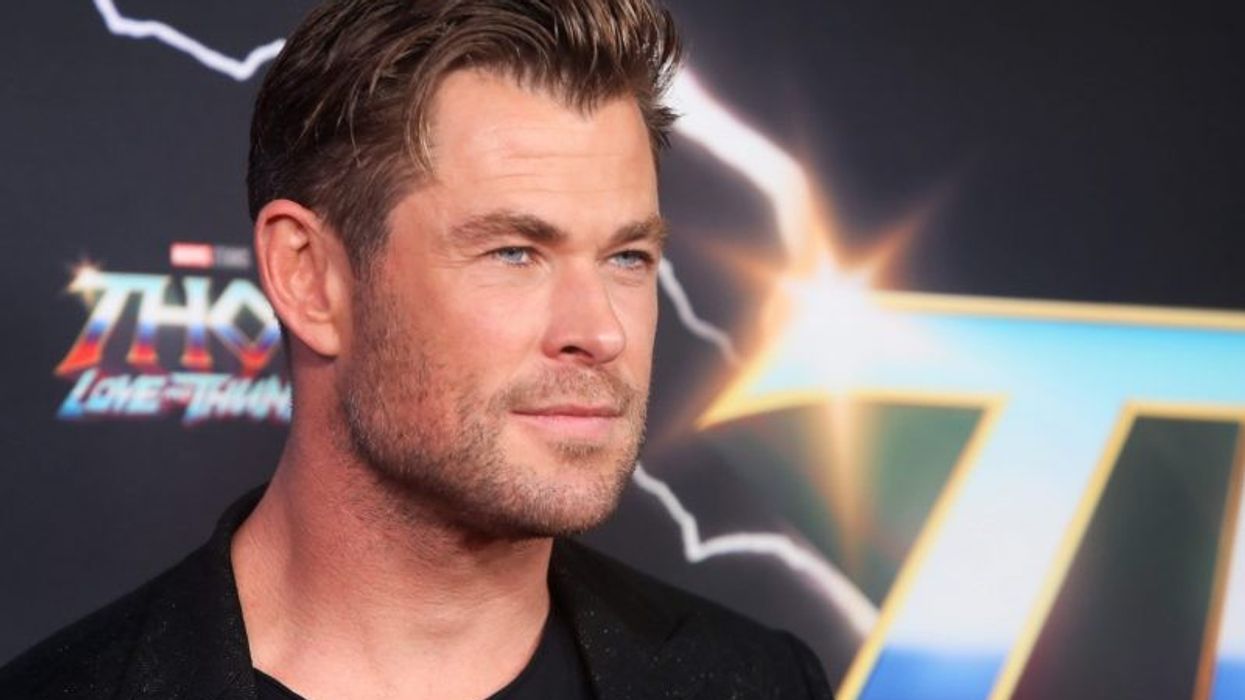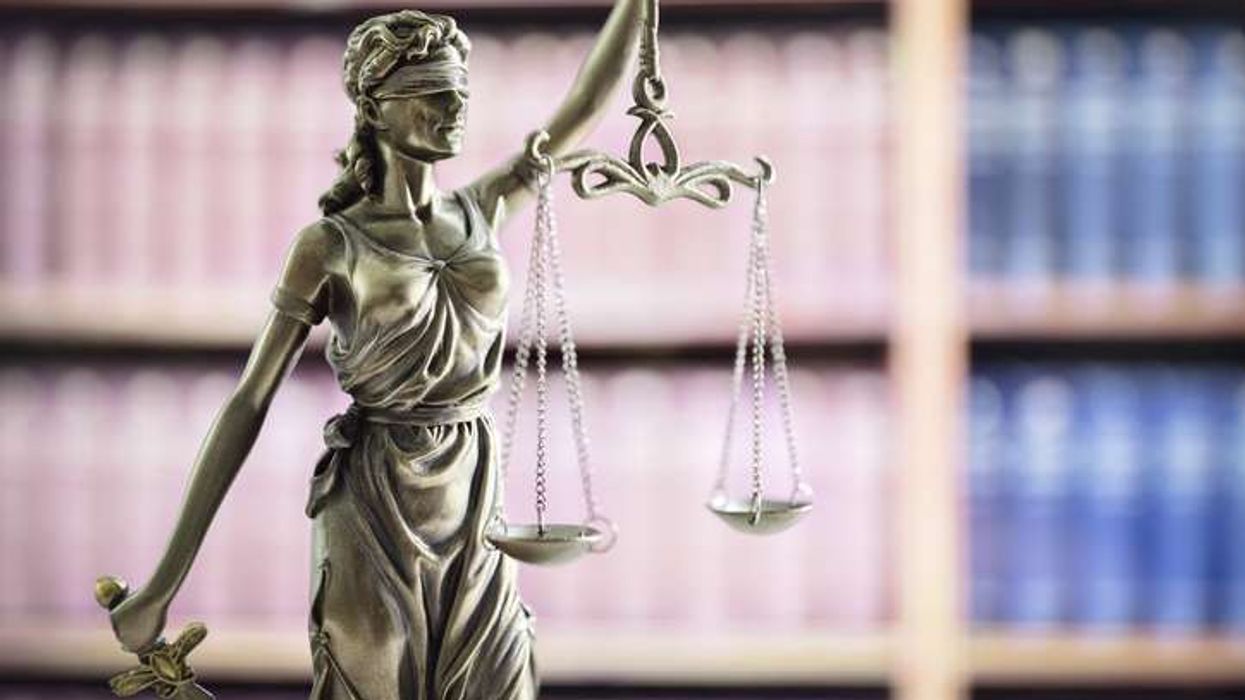Chris Hemsworth, one of the world’s highest-paid actors who featured in Marvel’s latest release Thor: Love and Thunder, is reported to have struggled with his mental health and spoke about the same in 2019, reports the Express.
The 38-year-old actor is quoted as saying, “When you’re constantly self-analysing, it’s ultimately a selfish endeavour… It was about looking a little deeper and asking, ‘What is this fear based on? What is it trying to tell me?’ And analysing that.”
According to the report in Express, it was after filming the movie Star Trek in 2009 that the Australian actor’s mental health was badly affected. He reportedly explained that the pressure of auditioning for roles and the anxiety that comes with working in Hollywood made him harbour thoughts of failure and that his career “might not work out.”
“It was hard,” he confessed before adding: “I mean, I had a huge amount of anxiety when I was auditioning, and that just got worse and worse the more I heard the word ‘no’.
“I did a lot of soul searching on a number of occasions, where I asked myself, ‘Why am I doing this? What’s my motivation to put myself through this?’”
The actor is reported to have found strength through his family - his wife Elsa Pataky, and his three children Tristan, Sasha, and India Rose. His motivation was to ensure he was taking care of them. “I was taking care of them,” he affirmed: “I kept reminding myself of that.”
In 2012 too, Hemsworth had turned to his family for strength. It is reported that before the audition for the remake of the film Red Dawn in the same year, he reined in his anxiety by concentrating on the ability to pay off the mortgage of his parent’s home.
“My mentality changed. It was right before Christmas. I had one more audition, and I just thought, 'Do this for Dad’s house,’” he said.
Health experts state that although it’s quite common for everyone to feel anxiety at some point in their lives - diagnosable anxiety disorders involve more than temporary worry or fear.
According to The National Institute of Mental Health for those who have an anxiety disorder – it can get worse over time and does not go away. It can affect the quality of live and interfere with routine activities such as performances in the workplace, school and relationships too.
Anxiety is one of the most common mental health conditions in the UK.
The NHS mentions that anxiety can be described as a feeling of unease, such as worry or fear. This could be either mild or severe.
Certain life situations like a job interview, medical test, or examinations can cause anxiety and this can be perfectly normal. However, it’s difficult for some people to control their feelings of worry and anxiety and this can affect their life in a negative way. Experiencing frequent anxiety can prevent an individual from living life to the fullest.
But fortunately, anxiety can be treated with medication, psychological therapies, and self-help techniques.
There are several types of anxiety disorders. These include generalised anxiety disorder (GAD), social anxiety disorder, panic disorder, and also various phobia-related disorders.
GAD is considered to be one of the most common anxiety disorders. People living with GAD experience persistent anxiety or dread and live with the condition for months and even years. GAD can affect an individual mentally as well as physically and the symptoms can vary from person to person.
GAD is also supposed to bring about changes in your behaviour and the way you think and feel about things, therefore, it can result in the following symptoms:
A sense of dread
Restlessness
Feeling “on edge” constantly
Irritability
Difficulty concentrating
Physical symptoms of GAD:
Feeling sick
Tiredness
Shortness of breath
Dizziness
Dry mouth
Trembling and shaking
Muscle aches and pains
Stomach aches
Headache
Excessive sweating
Pins and needles sensation
Fast or irregular heartbeat (palpitations)
Insomnia (difficulty falling or staying asleep)
Treatment of GAD
Though this condition may affect your daily life, there are treatments that can help to ease your symptoms. These include:
Psychological therapies – like cognitive behavioural therapy (CBT) which is like a type of talk therapy. You can refer yourself for psychological therapies service in your area and don’t require a referral from a doctor for the same.
Medicine – a type of antidepressant that goes by the name of selective serotonin reuptake inhibitors (SSRIs)
It’s important to remember that some of these treatments may need to be continued over a long span of time. Also, though your anxiety levels may be controlled there could be certain times when the symptoms get worse.
Self-help for GAD
You can help yourself to reduce your anxiety levels: Here’s how
Get in some exercise daily
Quit smoking
Go on a self-help course
Cut down on caffeine and alcohol intake
Source: NHS












